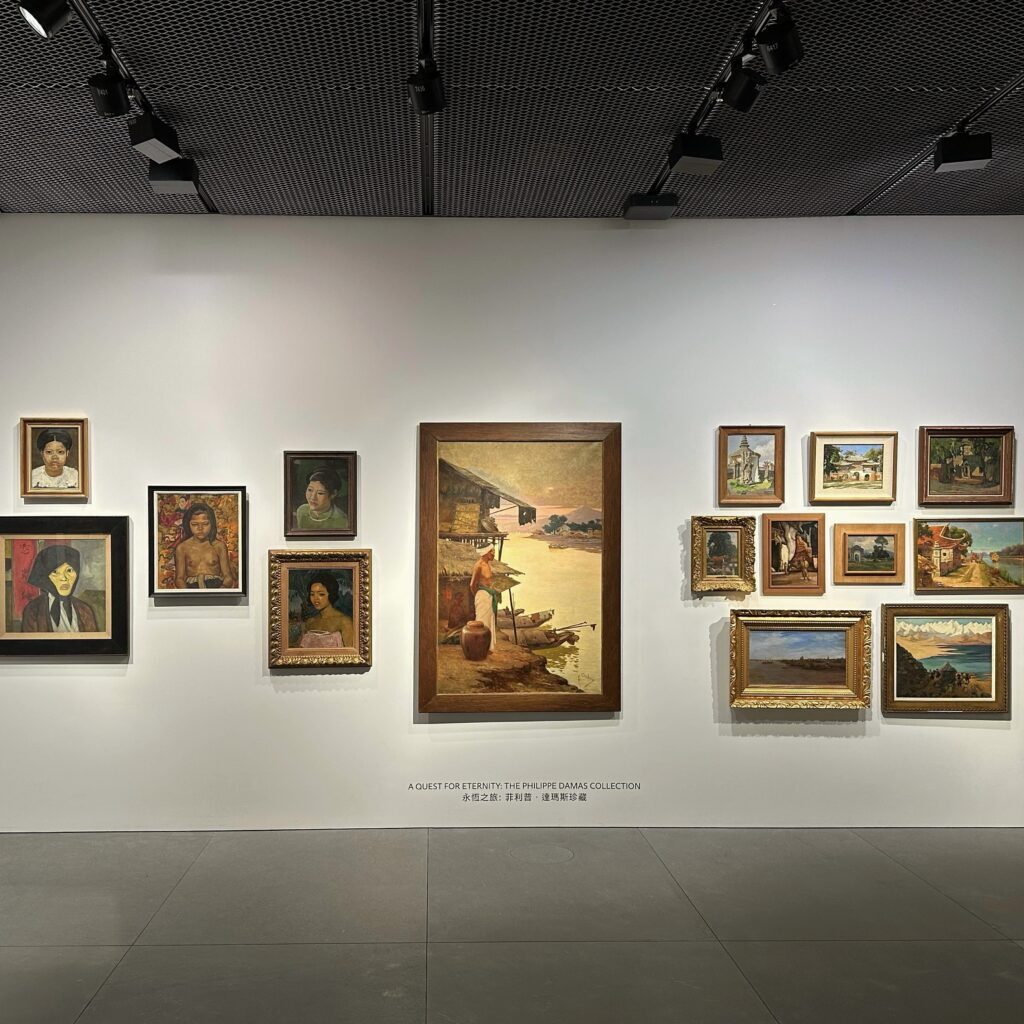
Victor Tardieu (France, 1870-1937)
Le Pont-Neuf à Paris (The New Bridge, Paris)
stamped with atelier stamp 'Victor Tardieu' (on the stretcher)
oil on canvas
41 x 32.5 cm. (16 1/8 x 12 5/8 in.)
Painted between 1905 and 1910
Provenance
Collection of Mrs Alix Turolla-Tardieu, granddaughter of the artist
On the 2nd of February 1921, French artist Victor Tardieu arrived in Hanoi probably with no idea of what lay ahead of him. As a talented painter, recently graduated and already known for some of his work, he received the Indochina Prize from the French government which allowed him free travel to Vietnam, and accommodation with travelling costs included in return for depicting the beauty of the faraway colony in the Far East. Upon his arrival in Hanoi, he was commissioned to paint a large mural for the University of Indochina (depicted on the previous page). To fulfill this order he had to extend his stay over the year planned as to await the end of the university's construction.
Through Tardieu's humanist philosophy, the large fresco for the University of Indochina magnified the French effort in Vietnam, depicting an almost idyllic relationship based on mutual respect. As preparation work for the mural, Tardieu painted numerous characters meant to represent the strength of both civilizations. Tardieu advocated collaboration over confrontation and through evoking the rurality of Vietnam in his works, also conjured the essence of its culture, land and the peasants who incarnate it. First, he drew many charcoal sketches on paper to describe with precision the themes chosen and to imagine them in the final fresco. After which he painted the different themes with oil on canvas matching the final scale. Finally, Tardieu painted the scene on to the foundation of the large fresco in the University.
The present painting, Vietnamienne a l’enfant is one of the oil on canvas preparatory work for the mural, and reflects faithfully the executed version on the mural. As with many of the other figures painted, the Vietnamese mother depicted here is a figure of grace and simplicity, dressed in simple traditional accoutrements. Tardieu aimed to depict the everyday realities of life, and from the studies made, demonstrated that he was a keen observer of his subjects. Having come from the collection of the artist’s granddaughter, this marks the first occasion that Vietnamienne a l’enfant is coming to market and presents the rarest of opportunities for collectors to acquire a piece of Vietnamese history.










